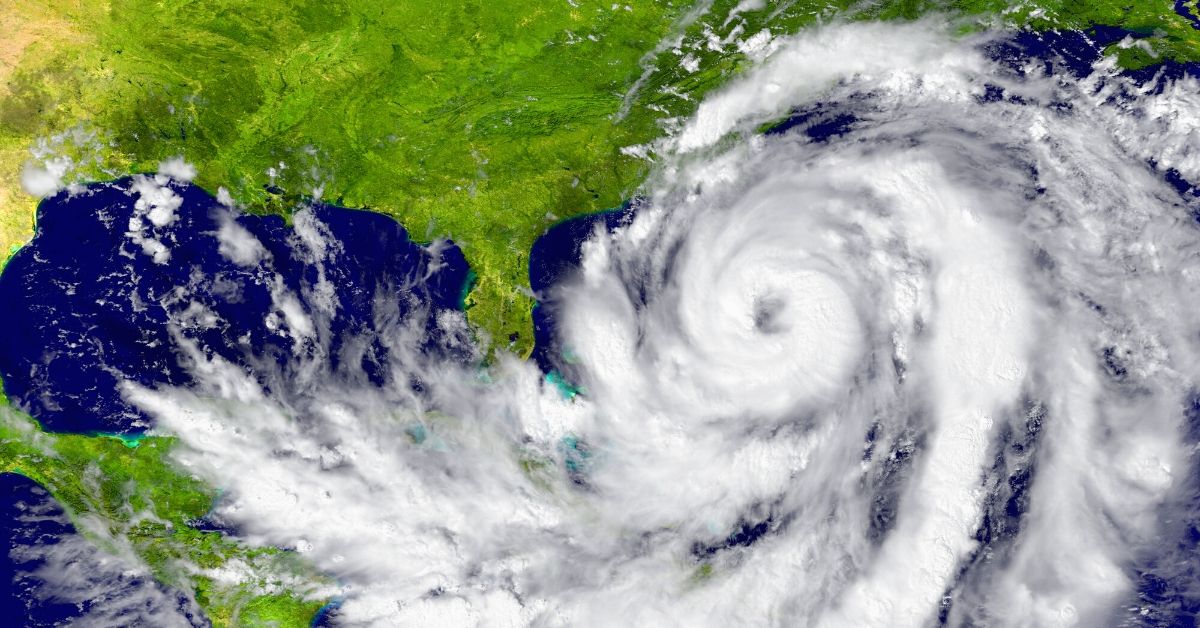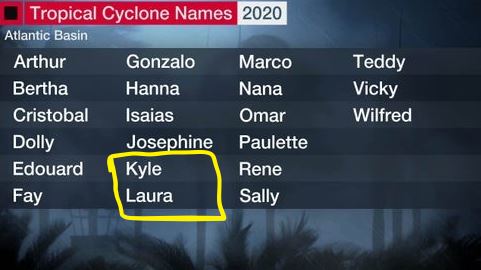This photo above is quite familiar to anyone that lives in the southeast US. The Atlantic hurricane season runs from June 1 to Nov. 30, and we have already had 3 named storms this year. Call centers must be prepared with a business continuity plan that accounts for any type of disaster. Cristobal knocking on the door of the Gulf Coast! As a native Floridian, I can only remember a year or two that a tropical storm warning came this early in June, until I think about the last 5 or so years. If predictions are true, call centers are about to get busy.
This storm season is projected to be one of the most active. I am certainly not your go-to expert as far as hurricanes are concerned, but the projection for 2020 is around 18 named storms, 9 being hurricanes, 4 of which are Category 3 or higher. If you look at the averages from 1981-2010 there were 13 named storms, 7 hurricanes, of which 3 were a Category 3 or higher. Even a quick glance tells us we are in for an active year.
While we weathered the storm called COVID-19, are we ready for this storm season? We are all now versed in responding to a pandemic. But as a call center we need to be prepared for the worst in whatever form. You can’t guess which employees will sustain damage in the path of the storm - or come out unscathed. I’ve seen situations where one side of a street lost roofs on many houses and the other side was fine. I’ve also seen my car pushed across 2 rows in a parking lot. The same can be said for earthquakes, forest fires … almost any of these acts of nature… you don’t know where and what damage will result. We owe it to our customers and our agents to be prepared for the worst, while we hope for the best. Five of the simplest, top of mind, preparatory considerations might include:
- Power loss – for days or even weeks.If this impacts your building do you have a backup power source?If it impacts your agents, are you still able to handle the workload to ensure service?
- Agent displacement – some of the worst storms cause people to have to relocate.Think about coverage as well as technology – can your agents remain productive, once safety is ensured?
- Increased demand – in many cases contact volumes increase during a disaster – can you quickly modify workflows to inform and update callers?Can they SMS you, or you them, to curb the influx of volume?
- Technology “uptime” – of course if your contact center is in the cloud your concerns are minimized here, but if they aren’t, have geographically dispersed operations to ensure redundancy.
- Know your preparedness plan -Be sure you have practiced, and everyone is aware of the plan and the actions before, during, and after a disaster occurs.
And just like you need to plan for your call center (your work family), you also need a plan for your family. We are not sure what ours should be this year since two of the named storms are Kyle (my husband) and Laura (that’s me!). Atlantic storm name lists repeat every six years unless a name is retired from future use.
Just as with planning, it’s a catch-22. You don’t want your name on the list, but if it is, you almost don’t want your name to come off, because they only retire names of storms that cause severe or catastrophic damage. And, if you have a plan, you don’t want to have to use it, but you don’t want to be caught without one! So watch out for your family at home and at work by ensuring you have a disaster recovery plan in place and that you have educated everyone that needs to know!
Here’s how we can help your business prepare. First, there’s no better time to move to the cloud and ensure your call center resiliency than now – before the 2020 hurricane season gets in full swing.
Just like we cared for our employees and associates during COVID-19, we must also ensure we have a call center business continuity plan in place to account for all the potential needs.





